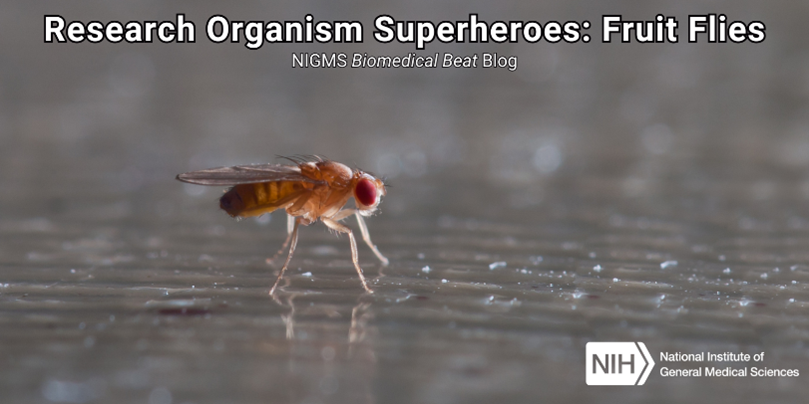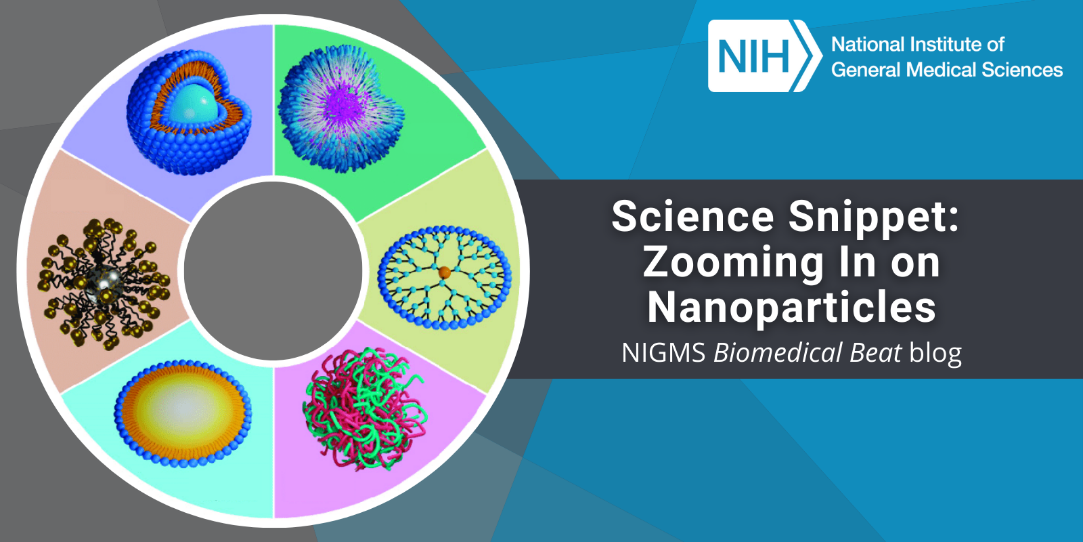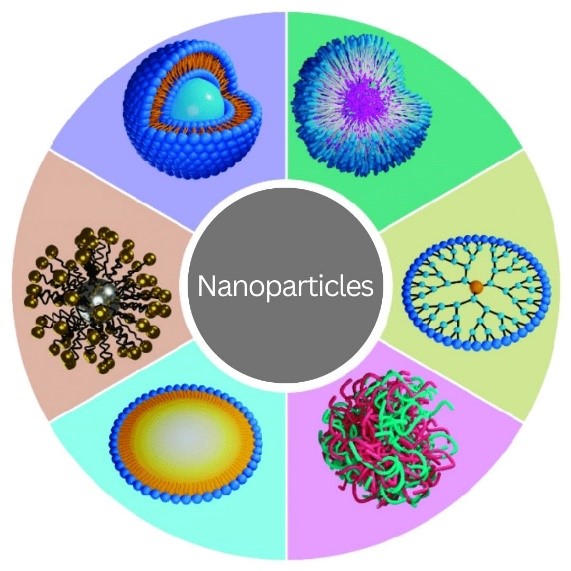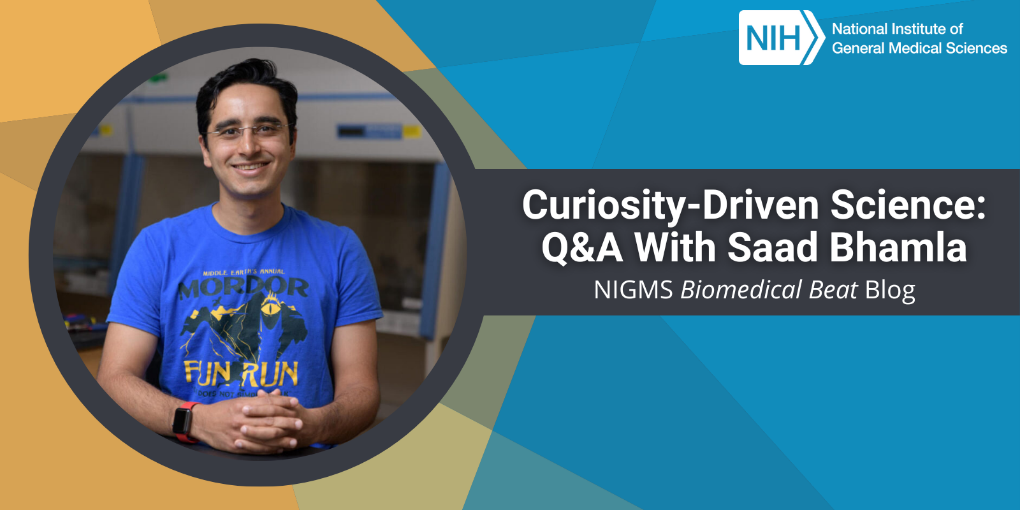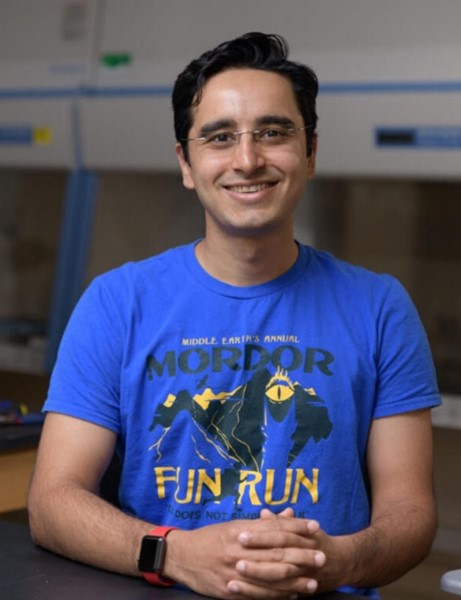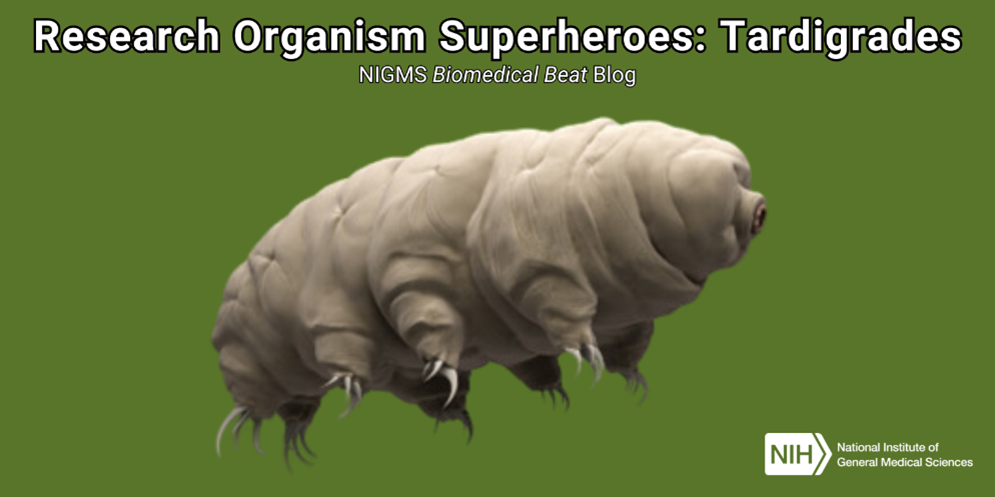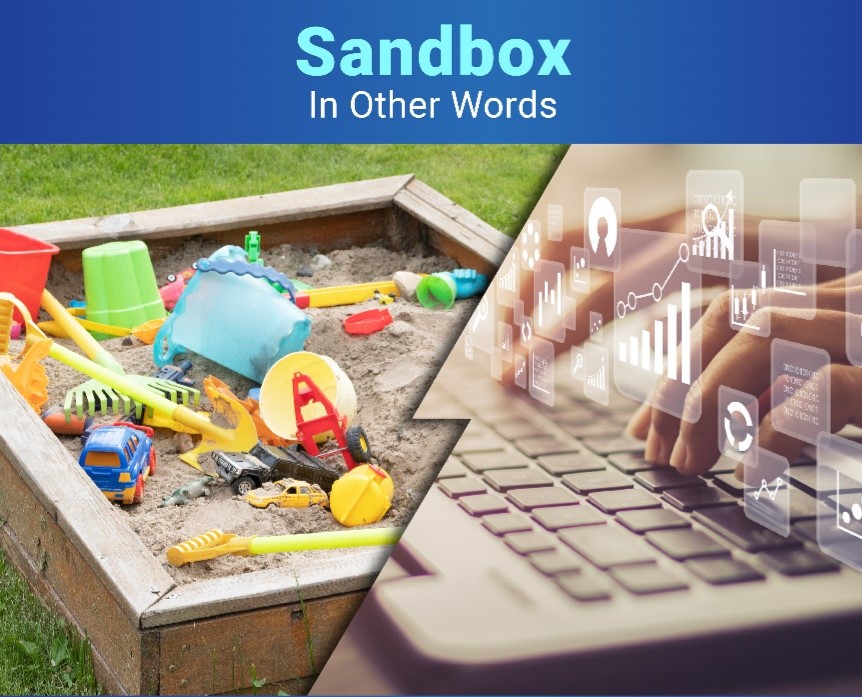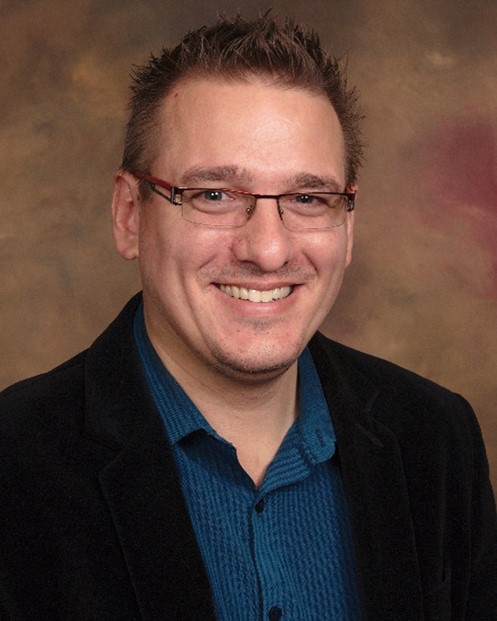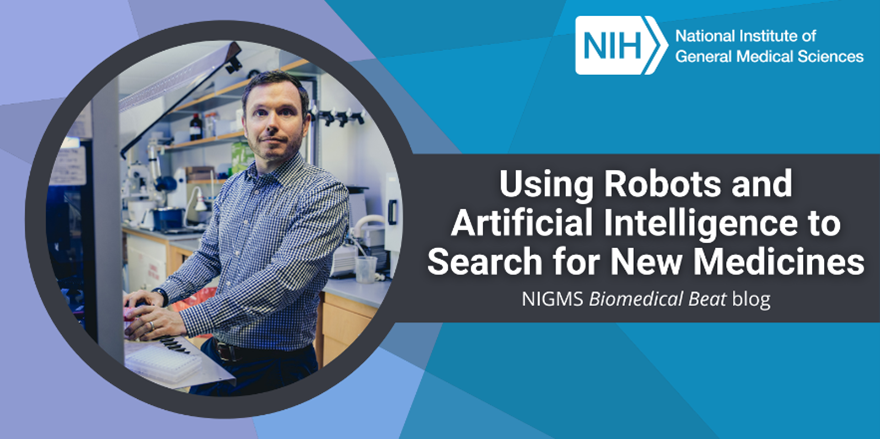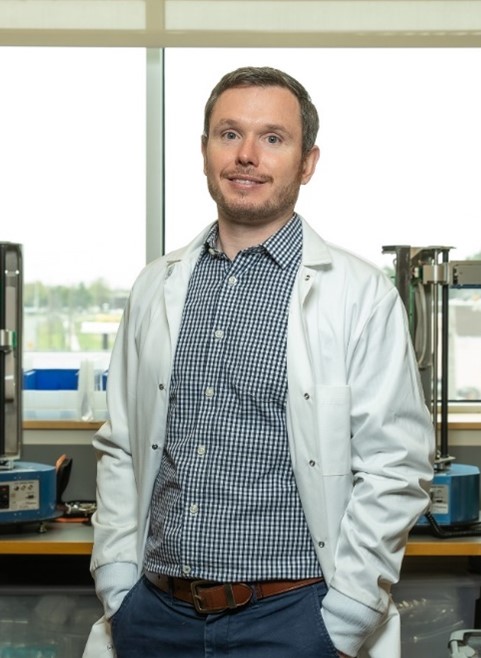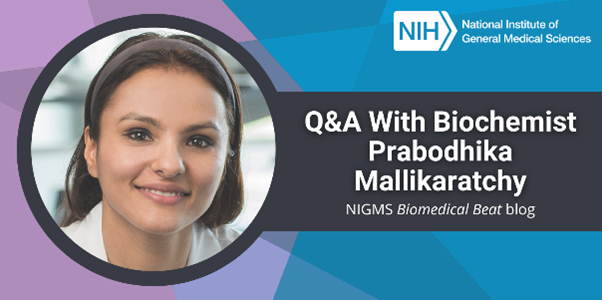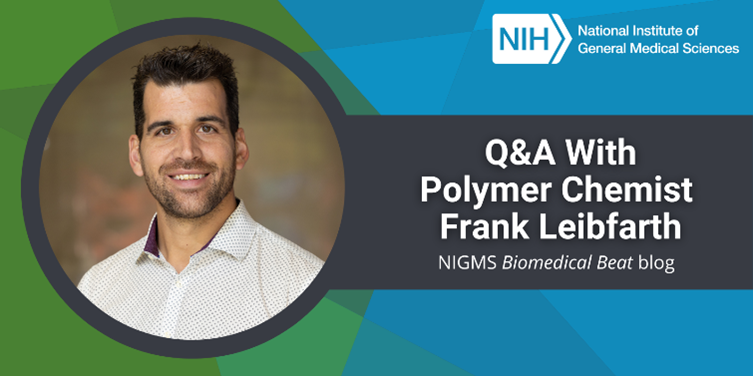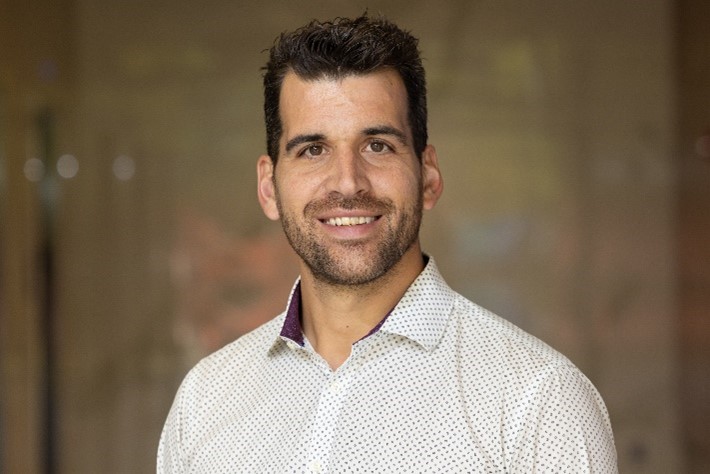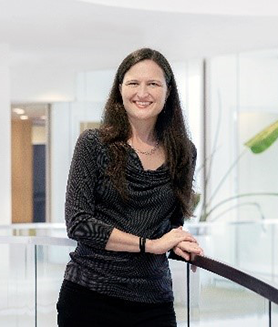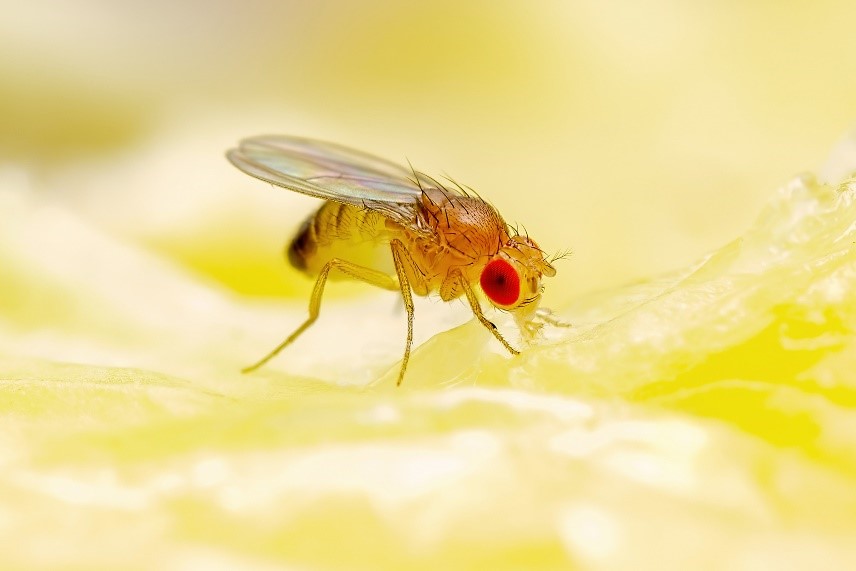
Those pesky little bugs flying around the overripe bananas in your kitchen may hold the key to understanding something new about how our bodies work. That’s right, the fruit fly (Drosophila melanogaster) is a widely used research organism in genetics because of its superpower of reproducing quickly with similar genes to people.
Researchers have been studying fruit flies for over a century for many reasons. First, they’re easy to please—just keep them at room temperature and feed them corn meal, sugar, and yeast (or those bananas on your counter!). Second, they reproduce more quickly and have shorter life cycles than larger organisms. A female can lay up to a hundred eggs in a day, and those eggs develop into mature adult flies within 10 to 12 days. A third reason is the simplicity of the fruit fly’s genome, which only has four pairs of chromosomes compared to the 23 in humans. And on a logistical note, the male and female flies are easy to tell apart (genetic studies often require separating males and females, which isn’t an easy feat in all organisms).
Continue reading “Research Organism Superheroes: Fruit Flies”

